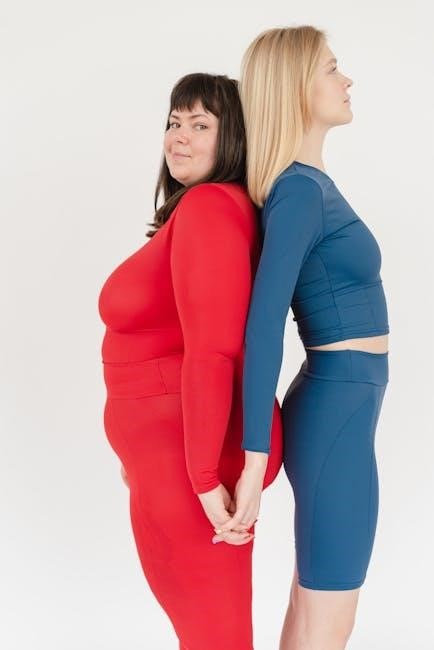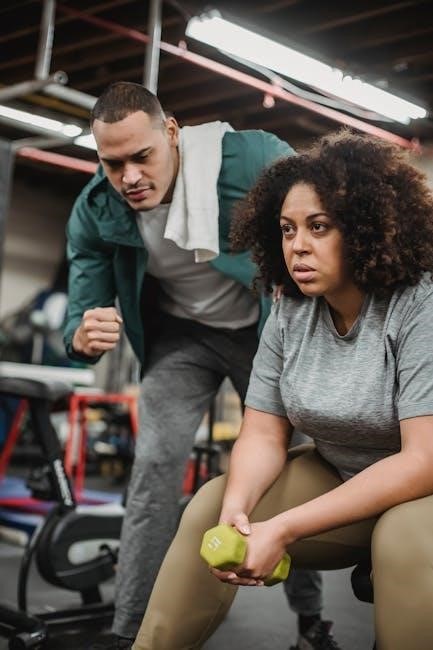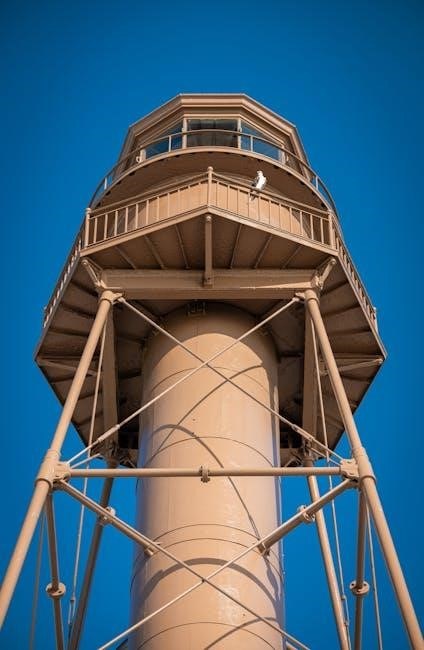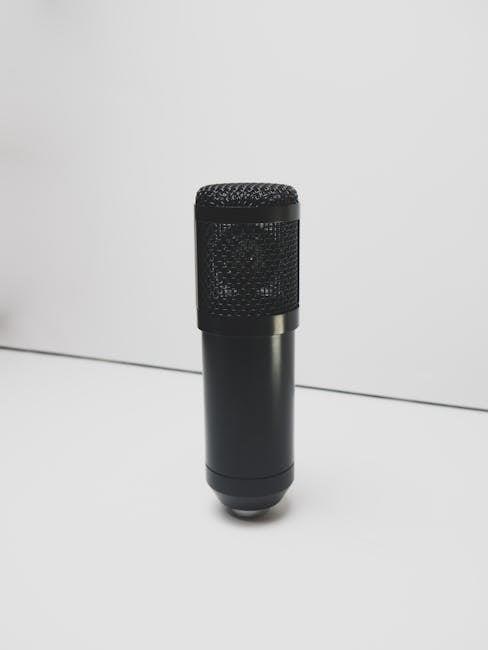Choosing the right women’s wetsuit can be complex due to varying sizes and fits. This guide helps you navigate sizing charts, ensuring proper fit for optimal performance and comfort in water activities. Whether you’re surfing, diving, or paddleboarding, finding the perfect fit is essential for warmth, mobility, and durability.
With insights into body measurements, weight, and brand-specific charts, this guide simplifies the process. It also addresses specialized needs like plus-size, tall, and petite options, ensuring every woman finds her ideal wetsuit.
Importance of Proper Fit in Wetsuits
A proper fit in a women’s wetsuit is crucial for performance, comfort, and durability. A wetsuit that is too tight can restrict movement and cause fatigue, while one that is too loose may allow water to flush in, reducing warmth and insulation. The ideal fit should feel like a second skin, providing flexibility and mobility without sacrificing protection. Proper fit also ensures optimal thermal retention, as the wetsuit traps a thin layer of water close to the body, which is warmed by body heat. Additionally, a well-fitting wetsuit lasts longer, as it avoids excessive stretching or abrasion. Choosing the right size ensures confidence and comfort, allowing you to focus on your water activities without distractions. Proper fit is essential for maximizing your wetsuit’s functionality and enjoyment.
Overview of Wetsuit Sizing Variability
Wetsuit sizing varies significantly across brands and models, making it essential to refer to specific size charts. While some brands offer standard XS to XL sizes, others provide additional options like slim, regular, and relaxed fits to cater to different body types. Height and weight ranges also play a role, with some brands offering tall or petite options. Measurements such as chest, waist, hips, and inseam are critical for accurate sizing. Variability exists due to differences in material stretch, cut, and intended use, whether for surfing, diving, or general water sports. This diversity ensures a tailored fit but requires careful consideration of individual measurements and brand-specific guidelines. Understanding these variations helps in selecting the most suitable wetsuit for optimal performance and comfort.
Key Considerations for Choosing the Right Size
When selecting a women’s wetsuit, several factors are crucial for ensuring the best fit. First, accurate body measurements are essential, focusing on chest, waist, hips, and height. Weight ranges also play a role, as they help determine the appropriate size. Consider your body type—whether you prefer a slim, regular, or relaxed fit. Additionally, the wetsuit’s intended use, such as surfing or diving, may influence sizing due to varying mobility needs. It’s important to refer to brand-specific size charts, as sizing can differ significantly between manufacturers. If you’re between sizes, opting for the smaller size often ensures a snug, watertight fit. Finally, consider inseam and neck measurements to avoid restrictive or loose areas. By addressing these factors, you can select a wetsuit that offers both comfort and performance in the water.
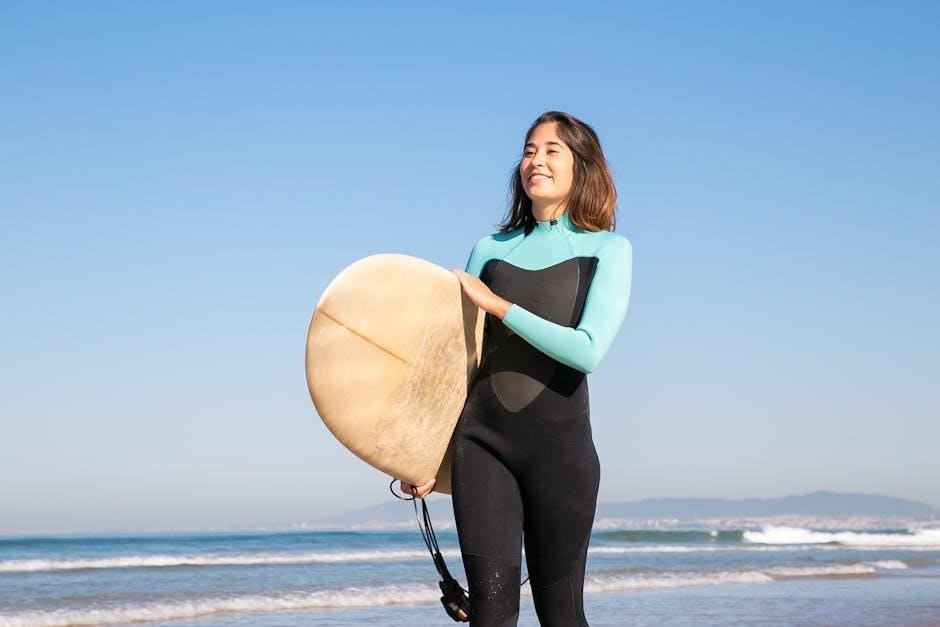
Understanding Body Measurements for Wetsuit Sizing
Accurate body measurements are crucial for selecting the right wetsuit. Measure your chest, waist, hips, and height to ensure a proper fit. Weight also helps determine the ideal size.
How to Measure Chest, Waist, Hips, and Height
Accurate body measurements are essential for selecting the right wetsuit size. To measure your chest, wrap a flexible tape measure around the fullest part, keeping the tape level and parallel to the floor. For the waist, measure the narrowest point, typically just above the belly button. Hip measurements are taken at the widest part of your hips and buttocks. Height should be measured standing straight with feet flat on the ground. Use these measurements to align with the size chart provided by the manufacturer. Ensure the tape measure is snug but not too tight for precise results. Proper measurement helps guarantee a comfortable, watertight fit for optimal performance in the water.
Role of Weight in Determining Wetsuit Size
Weight plays a significant role in determining the right wetsuit size, as it helps ensure a snug, watertight fit. Most size charts include weight ranges to complement chest, waist, and hip measurements. A proper fit prevents water flushing, maintaining warmth and reducing energy loss. If your weight falls between two sizes, consider your height and body type to decide. For instance, taller individuals may prefer a slightly larger size for comfort. Always refer to the manufacturer’s specific guidelines, as weight ranges can vary between brands. Accurate weight measurement, combined with other body metrics, ensures the best fit for performance and comfort in the water.
Importance of Inseam and Neck Measurements
Inseam and neck measurements are crucial for a comfortable and functional wetsuit fit. The inseam ensures the suit’s legs aren’t too long or short, preventing chafing and discomfort. A well-fitted inseam allows maximum mobility, essential for activities like surfing or diving. Similarly, the neck measurement is vital for sealing water out and preventing chafing. A snug neck fit keeps cold water from entering, while too loose a fit can compromise warmth. Proper inseam and neck measurements ensure the wetsuit stays in place, reducing irritation and allowing you to focus on your performance. Always check these measurements against the size chart to achieve the best fit and enjoy your water experience without distractions.
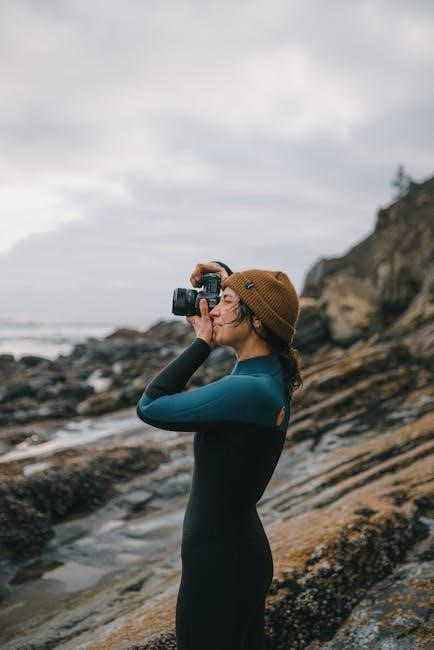
Common Wetsuit Size Charts for Women
Wetsuit size charts for women vary by brand but generally include height, weight, chest, waist, and hip measurements. These charts help determine the best fit for optimal performance and comfort in the water.
Comparison of Popular Brands (ONeill, Rip Curl, Billabong, etc.)
Popular brands like O’Neill, Rip Curl, and Billabong offer distinct sizing charts tailored to different body types and preferences. O’Neill and Rip Curl typically cater to a broader size range, ensuring a snug yet flexible fit for various activities. Billabong focuses on comfort and durability, with sizes accommodating both petite and tall frames. Each brand may have slight variations in measurements, so comparing charts is essential. For instance, O’Neill’s size Medium might differ from Rip Curl’s, even for similar body measurements. Understanding these differences helps in selecting the most suitable wetsuit for your needs. Always consult the specific brand’s guide to ensure the best fit for your water sports adventures.
- O’Neill: Known for a comfortable, flexible fit.
- Rip Curl: Offers tailored sizing for performance.
- Billabong: Provides inclusive options for diverse body types.
Differences in Sizing Standards Across Brands
Wetsuit sizing varies significantly across brands, making it crucial to rely on each manufacturer’s specific charts. For instance, O’Neill and Rip Curl may label the same measurements differently, with O’Neill offering a more relaxed fit while Rip Curl provides a snug, performance-oriented cut. Similarly, Billabong and Mystic cater to different body types, with Billabong often accommodating curvier figures and Mystic focusing on athletic builds. These differences mean that a size Medium in one brand might not fit the same as in another. Always refer to the brand’s size guide to ensure accuracy and avoid sizing mismatches. This variability highlights the importance of understanding each brand’s unique approach to sizing before making a purchase.
How to Interpret Size Charts for Different Manufacturers
Interpreting size charts for different manufacturers requires careful attention to their unique sizing systems. Each brand tailors its charts to specific fits, such as slim, regular, or relaxed. For example, O’Neill and Rip Curl may have similar size labels but differ in actual measurements due to their target demographics. Billabong often includes height and weight ranges, while Mystic focuses on chest and hip measurements. To accurately interpret these charts, compare your body measurements to the brand’s guidelines and consider factors like inseam, neck, and chest circumference. Some brands, like ION and NP, offer detailed size breakdowns, including tall and petite options. Always check the brand’s sizing guide to ensure the best fit for your body type and activity needs.
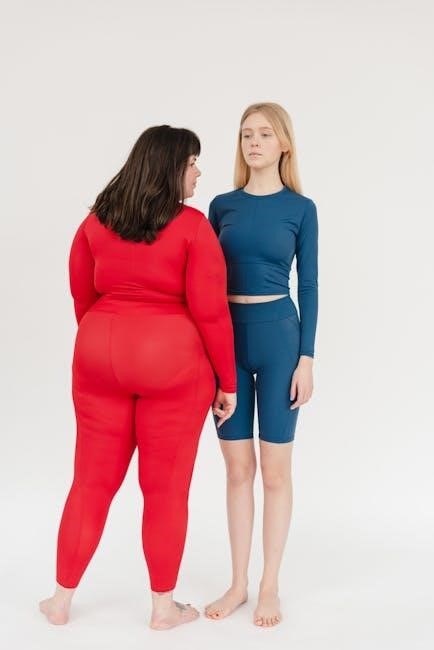
Body Type and Fit Preferences
Body type significantly influences wetsuit fit, with options catering to petite, tall, hourglass, athletic, and plus-size frames. Slim, regular, and relaxed fits accommodate different preferences for comfort and performance.
How Body Type Affects Wetsuit Fit
Body type plays a crucial role in determining the ideal wetsuit fit. Women with petite frames may prefer slim fits to avoid excess material, while taller individuals benefit from longer torsos and inseams. Hourglass figures often find tailored styles flattering, emphasizing curves without restricting movement. Athletic builds may opt for relaxed fits to accommodate broader shoulders and muscular physiques. Plus-size women should look for styles designed to provide support and comfort, with adjustments for larger busts and hips. Understanding your body type helps you choose a wetsuit that balances comfort and performance, ensuring optimal mobility and warmth in the water.
Choosing Between Slim, Regular, and Relaxed Fits
Selecting the right fit—slim, regular, or relaxed—ensures a comfortable and functional wetsuit. Slim fits are designed for a snug, streamlined feel, ideal for women with athletic builds or those preferring minimal bulk. Regular fits offer a balanced cut, suiting most body types, while providing ease of movement. Relaxed fits cater to women needing more room, especially around the shoulders and chest, making them perfect for taller or curvier individuals. Each fit option prioritizes warmth and flexibility, ensuring the wetsuit performs optimally in the water, whether surfing, diving, or engaging in other activities.
Height and Weight Ranges for Each Size Category
Understanding height and weight ranges is crucial for selecting the right wetsuit size. Generally, XXS suits women 4-6 US, with heights around 52-54 inches and weights 95-105 lbs. XS fits sizes 2-4 US, heights 53-55 inches, and weights 100-120 lbs. S accommodates sizes 4-6 US, heights 54-57 inches, and weights 115-130 lbs. M suits sizes 6-8 US, heights 55-58 inches, and weights 125-145 lbs. L fits sizes 8-10 US, heights 56-59 inches, and weights 140-155 lbs, while XL accommodates sizes 10-12 US, heights 58-61 inches, and weights 155-170 lbs. These ranges vary slightly by brand, so always consult the specific size chart for accurate fitting.
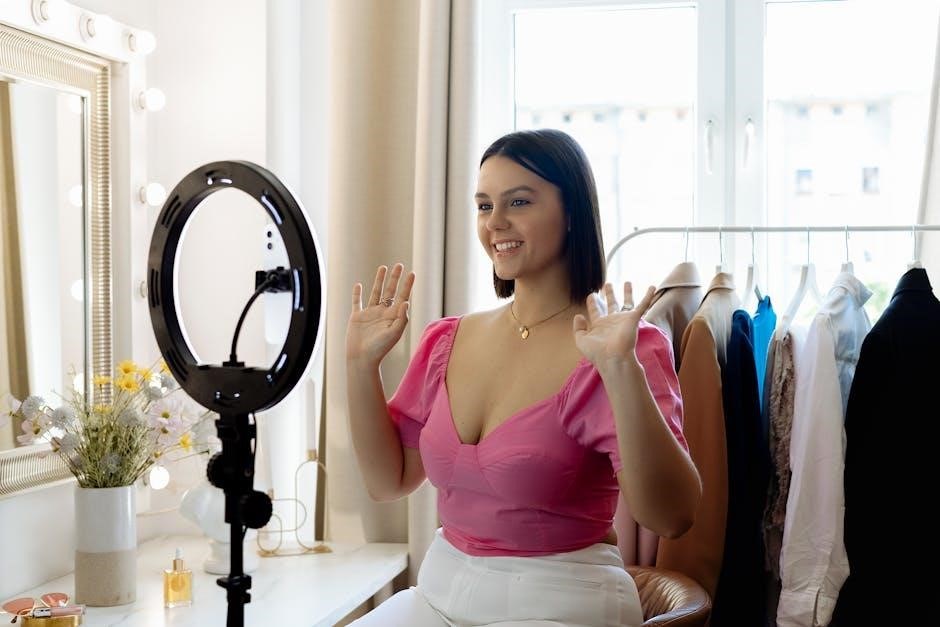
Specialized Sizing for Different Needs
Specialized sizing options cater to diverse needs, including plus-size, tall, and petite fits, ensuring enhanced comfort and performance for all body types and preferences.
Plus-Size Wetsuit Options and Fit Guide
Plus-size wetsuits are designed to provide comfort and support for curvier figures. These suits often feature reinforced seams, strategic paneling, and adjustable waistbands to ensure a secure fit. When choosing a plus-size wetsuit, consider measurements such as chest, waist, and hips to match the size chart accurately. Many brands offer extended sizing options, catering to a wide range of body types. Additionally, some wetsuits include features like high-back designs for better coverage and flexibility. It’s essential to refer to the specific brand’s size guide, as sizing can vary. Proper fit ensures both functionality and confidence in the water, making it easier to enjoy activities like surfing or diving without restriction.
Tall and Petite Sizing Options
For women with taller or shorter frames, finding the right wetsuit fit can be challenging. Many brands now offer tall (T) and petite (S or P) sizing options to accommodate different body proportions. Tall suits feature longer torsos and sleeves, while petite suits are designed with shorter lengths for a better fit. When selecting a size, compare your height and weight against the brand’s size chart. Some brands also provide height ranges for each size category, ensuring a more accurate fit. Proper sizing is crucial for both comfort and performance, as an ill-fitting wetsuit can restrict movement or allow water entry. Always consider trying on a wetsuit if possible, or refer to customer reviews for fit feedback specific to your body type.

Size Charts for Different Water Sports (Surfing, Diving, etc.)
Wetsuit size charts vary depending on the water sport, as different activities require specific fits. For example, surfing wetsuits prioritize flexibility and mobility, while diving wetsuits focus on a snug fit to handle pressure. Brands often tailor their size charts to these needs, offering sport-specific designs. Some charts include recommendations for thickness, length, and features like hoods or seams. For instance, surfing wetsuits may have shorter sleeves for ease of movement, while diving suits might emphasize a tighter fit around the chest and waist. Always consult the size chart specific to your sport to ensure the best performance and comfort. Proper sizing is key to enjoying your water activity, whether it’s surfing, diving, or paddleboarding.

Manufacturer-Specific Size Guides
Each brand offers tailored size charts to ensure the best fit for their wetsuits. These guides, available on official websites, help women choose the right size and style for their needs.
ONeill Women’s Wetsuit Size Chart
O’Neill offers a detailed size chart for women’s wetsuits, ensuring a precise fit for optimal performance. The chart includes measurements for height, weight, chest, waist, hips, neck, and inseam. For example, a size 4 corresponds to a height of 53-55″, weight of 100-120 lbs, chest of 30.5-32.5″, waist of 23-25″, hips of 33-35″, neck of 11″, and inseam of 27-28″. Larger sizes, like 6, accommodate taller and heavier individuals, with measurements scaling accordingly. O’Neill’s chart also provides size options like “T” for taller women and “S” for shorter fits. Referencing the official O’Neill size guide ensures the best fit for your wetsuit needs.
Rip Curl Women’s Wetsuit Size Guide
Rip Curl’s women’s wetsuit size guide provides a comprehensive fit solution for various body types. The chart categorizes sizes from XXS to XL, including options for tall and petite women. Measurements include height, weight, chest, waist, and hips, ensuring a tailored fit. For instance, a size 4 corresponds to a height of 53-55″, weight of 100-120 lbs, chest of 30.5-32.5″, waist of 23-25″, and hips of 33-35″. The guide emphasizes choosing the smaller size if between two sizes for a snug, watertight fit. Rip Curl also offers specialized fits like “T” for taller women and “S” for shorter frames, ensuring comfort and performance across different activities.
Billabong Women’s Wetsuit Size Chart
Billabong offers a detailed women’s wetsuit size chart to ensure a precise fit. Sizes range from XXS to XL, with options for tall and petite frames. Measurements include height, weight, chest, waist, and hips. For example, a size 4 corresponds to a height of 53-55″, weight of 100-120 lbs, chest of 30.5-32.5″, waist of 23-25″, and hips of 33-35″. The guide recommends selecting the smaller size if between two sizes for a snug fit. Billabong also provides specialized fits, such as “T” for taller women and “S” for shorter frames, ensuring comfort and performance for various water sports. This chart helps women find a wetsuit that offers both mobility and warmth, tailored to their specific needs.
Mystic Women’s Wetsuit Size Chart
Mystic’s women’s wetsuit size chart provides a comprehensive guide for selecting the right fit. Sizes range from XXS to XXL, catering to diverse body types. Measurements include height, weight, chest, waist, and hips. For instance, a size 4 corresponds to a height of 53-55″, weight of 100-120 lbs, chest of 30.5-32.5″, waist of 23-25″, and hips of 33-35″. The chart emphasizes the importance of a snug fit for optimal performance, advising to choose the smaller size if between two options. Mystic also offers tailored fits, including options for tall and petite frames, ensuring comfort and flexibility for various water activities. This detailed chart helps women achieve a balance between mobility and warmth, making it easier to find the perfect wetsuit for their needs.
ION Women’s Wetsuit Size Guide
ION’s women’s wetsuit size guide offers a detailed fit chart, ensuring optimal performance and comfort. Sizes range from XXS to XXL, with specific measurements for height, chest, waist, and hips. For example, a medium size suits women with a height of 55-58″ (140-145 cm), chest 34-36″ (86-91 cm), waist 27-29″ (69-74 cm), and hips 36-38″ (91-97 cm). The guide emphasizes a snug fit for warmth and flexibility, advising to choose the smaller size if between two options. ION also provides a size conversion chart, accommodating different international standards. This guide helps women find the perfect wetsuit, balancing comfort and functionality for various water sports, ensuring a tailored fit that enhances performance and enjoyment in the water.
NP Women’s Wetsuit Size Chart
NP’s women’s wetsuit size chart provides a comprehensive guide to finding the perfect fit. Sizes range from XXS to XXL, with detailed measurements for height, chest, waist, and hips. For instance, a medium size fits women who are 55-57″ (140-145 cm) tall, with a chest of 34-36″ (86-91 cm), waist 27-29″ (69-74 cm), and hips 36-38″ (91-97 cm). The chart emphasizes a snug fit for optimal warmth and flexibility, recommending the smaller size if between two options. NP also offers a size conversion chart, accommodating various international standards. This ensures women can easily find a wetsuit that balances comfort and performance, tailored to their body measurements for enhanced enjoyment in water activities.
Orca Women’s Wetsuit Size Chart
Orca’s women’s wetsuit size chart offers a detailed guide to ensure the best fit for water sports. Sizes range from XXS to XXL, with specific measurements for height, chest, waist, and hips. For example, a medium size fits women who are 55-57″ (140-145 cm) tall, with a chest of 34-36″ (86-91 cm), waist 27-29″ (69-74 cm), and hips 36-38″ (91-97 cm). The chart emphasizes a snug fit for optimal warmth and flexibility, recommending the smaller size if between two options. Orca also offers a size conversion chart, accommodating various international standards. This ensures women can easily find a wetsuit that balances comfort and performance, tailored to their body measurements for enhanced enjoyment in water activities.
Ride Engine Women’s Wetsuit Size Chart
Ride Engine provides a comprehensive size chart for women’s wetsuits, focusing on precise measurements for height, chest, and waist. Sizes range from XS to XL, catering to diverse body types. For instance, a medium fits women 5’4″-5’7″ (162-170 cm) with a chest of 34-36″ (86-91 cm) and waist of 27-29″ (69-74 cm). The chart emphasizes a snug fit to maximize performance and warmth. Ride Engine also offers tall sizes, accommodating taller women with longer torsos. The size guide recommends choosing the smaller size if between two options to ensure a watertight seal. This tailored approach ensures women can enjoy optimal comfort and mobility during their water activities, with a focus on both functionality and style.
Roxy Women’s Wetsuit Size Chart
Roxy’s women’s wetsuit size chart is designed to deliver a perfect fit for various water sports. The chart includes sizes from XXS to XL, with detailed measurements for height, chest, waist, and hips. For example, a medium size suits women 5’5″-5’8″ (165-172 cm) with a chest of 34-36″ (86-91 cm) and waist of 27-29″ (69-74 cm). Roxy emphasizes a snug yet comfortable fit to balance warmth and flexibility. The chart also offers guidance for different body types, ensuring women can choose the right size for their specific needs. By referencing Roxy’s size guide, customers can ensure their wetsuit performs optimally, whether surfing, diving, or engaging in other water activities, making every experience enjoyable and hassle-free.
Remember, sizing can vary between brands, so always consult the specific size chart for the brand you choose. With this knowledge, you’re ready to dive into the world of water sports with confidence and style, knowing your wetsuit fits perfectly and meets your unique needs.
